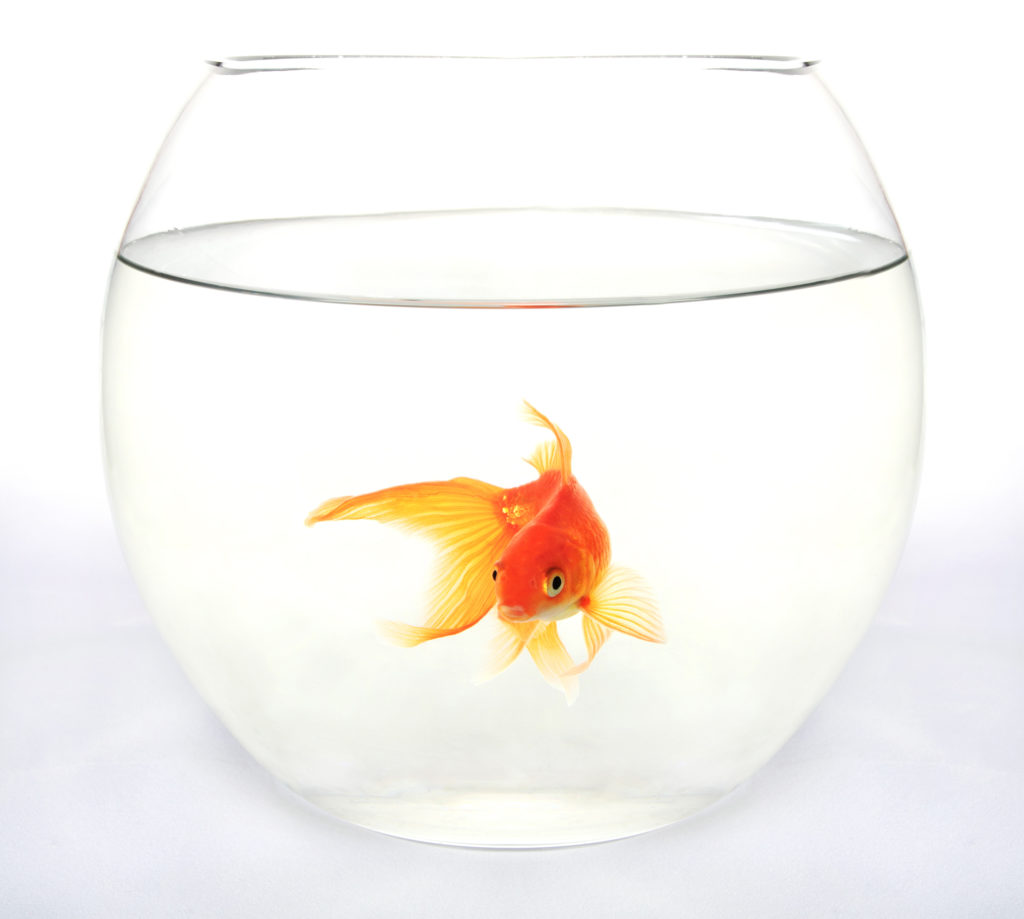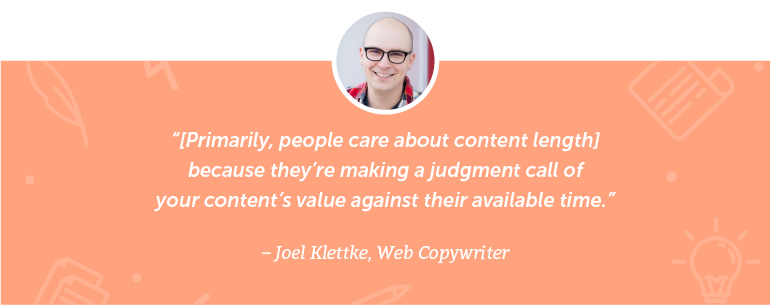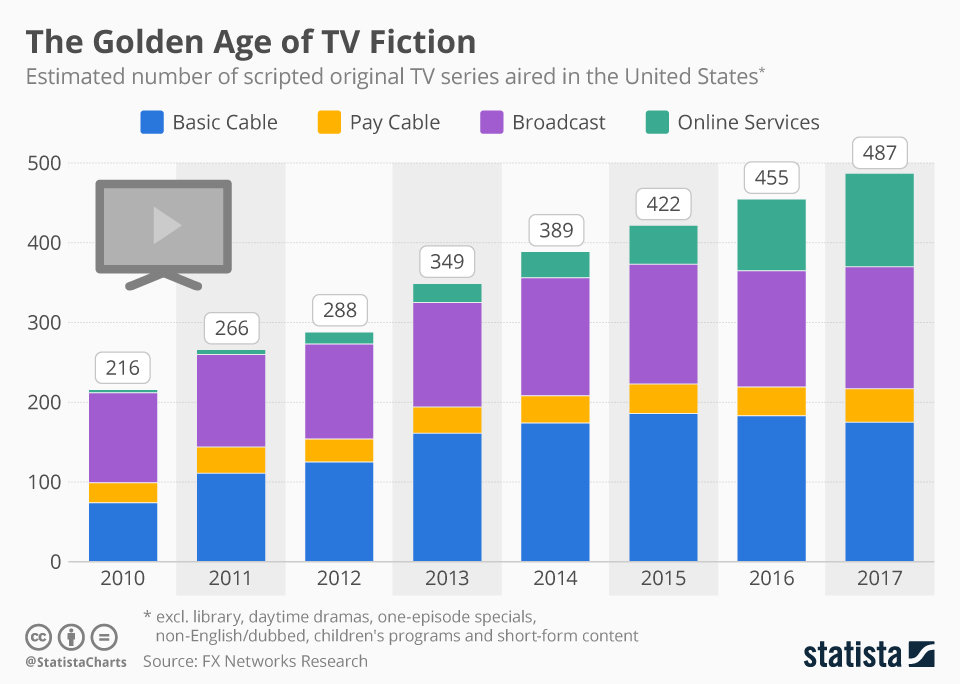
Yesterday’s post about the last Beatles song was well-read and shared. I wasn’t surprised.
I’ve got enough “reps” on topics like DJs, Nielsen, radio sales, and Taylor Swift to generally have a pretty good idea what you’ll like, read, respond to, and retweet. Of course, that’s not why we do this. You’ve probably noticed you’re reading an ad-free piece of content – by design. There are more than enough advertisers, marketers, grifters, and carnies to go around. I’m happy you don’t have to scroll through commercials and clutter when you land here.
But it is about getting your attention. And that’s become exponentially more difficult as time goes by. Part of that is due to the sheer number of content creators in our midst, seemingly expanding every month.
Today’s #ThrowbackThursday post is about attention spans – the ones that are shortening. It deals with a story about Spotify exactly five years ago that claimed a strong likelihood of skipping a song within the first few seconds of its intro. It’s why musicians and producers are now using a much tighter timeframe in crafting their songs, especially the intros. And this same thinking has permeated radio programming, especially in PPM markets, where the directive is: “Get to the content QUICKLY!”
I thought about this the other morning while at the gym. One of the satellite radio channels was playing, and John Cougar’s (he wasn’t Mellencamp yet) “I Need A Lover” came on. And the intro played and played. How long does it run before John sings his first lyric? A lofty 2:29. It turns out that intro was cut by the label, greatly shortening the song – probably at the request of an impatient consultant.
So I hope today’s retro post gets your attention. And more importantly, helps you get the attention of your audience, your boss, or your spouse – not necessarily in this order.
November 2018
Back in the late 80s, I was fortunate to do some research work for Comedy Central as it was getting off the ground. One of my favorite shows from the era was “Short Attention Span Theater,” an early comedy clip show that was aptly named by its creators. How little did they know how prescient they were.
That’s because our ability to focus – thanks in large part to information and content overload – is deteriorating at a polar ice cap melting pace.
In 2015, Time‘s Kevin McSpadden reported that Microsoft research determined the average human’s attention span had dropped to 8 seconds – shorter than that of a goldfish (yup, 9 seconds).
And that’s consistent with what Spotify’s Paul Lamere discovered a few years ago – a feature story we reported on in this blog.
As Bobby Oswinski recently reported in Forbes, Lamere’s research determined there’s a 24% likelihood of skipping songs within the first 5 seconds of a tune. Teenagers are even more fickle, bailing more than half the time.
When we eventually get more granular data about actual podcast listening – as we’ve learned from the NPR One app – the evidence will pile on that decisions about whether to stay or go are often made in the first few seconds of an audio feature.
And that same mindset has guided the way many programmers in PPM markets now approach their craft – quickly getting into content, no wasted words, or useless banter. The “goldfish philosophy” of radio programming now dictates quick-hitting content.
But does that miss the point?
Is the argument about length – how long it takes to get to the content – or is it about strength – whether the content itself is riveting enough to hook a listener in?
Are consumers switching out because a song or podcast intro is too long OR are they throwing in the towel because they don’t hear content they find compelling? Is it about quantity – or is it about quality?
We hear a lot about “snackable content” – short bursts of audio and video people can conveniently consume on the fly. But doesn’t the challenge go beyond so-called “bite-size content” and revolve around whether media is attention-getting, substantive, and entertaining?
Journalism school students learn early on the value of a strong lead to a new story. Sure there’s the who-what-when-where-why part, but there’s also that opener that makes you want to read (see/hear) the entire story. It always starts with a great lead.
That was the case for Edward R. Murrow, Walter Cronkite, and the other icons of great news reporting who knew how to draw audiences in with that great opening line.
The secret boils down to the reality that it’s less a matter of story length, and much more about the quality of the writing, the delivery, the production, and the other aesthetics that play a role in our conscious and sub-conscious decision making.
It is easy to keep it short. It’s much harder to captivate a busy, multitasking consumer.
A :05 Kars For Kids commercial isn’t going to have a substantially different (or better) reaction than the longer version most people find revolting. It’s about the creative – not the degree to which producers keep it tight and bright.
It’s convenient to issue length edicts, especially in a world where broadcast radio companies operate so many stations, they can’t keep them all straight. Pushing brevity and focus may not be the most exciting ways in which to engender loyalty or buzz, but the tactic is certainly consistent with the gold fish-like attention span of an audience tethered to meters. And it can be effective, at least for a while.
 But that doesn’t explain why some of the most popular brands – even in PPM markets – don’t win the title for shortest breaks or crispest talkovers. When you look at their “song counts” – the number of songs they play an hour – they’re often competitive, but often not spectacular.
But that doesn’t explain why some of the most popular brands – even in PPM markets – don’t win the title for shortest breaks or crispest talkovers. When you look at their “song counts” – the number of songs they play an hour – they’re often competitive, but often not spectacular.
Their accomplishment is raising the bar on quality breaks and content, better listener phones, more compelling topics and treatments, and production that isn’t just tight, but like a great movie teaser makes you want to experience the whole thing.
The data from these “skip rate” studies can be deceiving. They can lead you to think about everything in terms of time, rather than entertainment value. If that was the case, every “more music” morning show would be killing it in in the ratings.
Consumers aren’t looking for short and sweet – they’re looking to be surprised, enchanted, engaged. They won’t stand for having their time wasted by banal, pedestrian, same-old same-old tactics, bits, and benchmarks.
Radio has to go beyond “Twofer Tuesday,” “Second Date Updates,” and “War of the Roses.” Its contests have to better than tired Caller #9 and “Win It Before You Can Buy It” giveaways.
A blog post in CoSchedule by Ronnel Smith – “Why Should You Write Shorter (But Better) Content” – goes to the heart of the question. And in his analysis, there’s this quote from copywriter Joel Klettke:

It’s not that just that our attention spans have shrunk. Because they have.
We are busier. We are rushed. We are frazzled.
And unlike the goldfish, we’ve got things to do and places to go.
It is about not wasting the listener’s time.
It is about teaching him or her that your brand consistently provides content that’s great use of their time. That’s why your cable system may offer 200 channels of entertainment and information, but the average subscriber watches fewer than 20 of them. They pick and choose the content they deem to be worthy of their time.
The number of scripted TV shows goes up every year. In 2018 when all is said and done, there will be 500 (or more) shows across the TV/video/streaming spectrum. While this is a bonanza for consumers, it also compels them to be more discriminating and selective about the content they make time for. They are making these decisions on the fly – often at goldfish speed.

And that’s become especially important because there’s a deluge of content – on Netflix and Hulu, on satellite radio, and in the vast supermarket of podcasts. And it’s everywhere – on our phones, in our cars, on our smart speakers, and on our wrists.
Writer Oswinski sums it up well:
“The fact of the matter is that it’s become much more difficult to get a consumer to enjoy an entertainment program of almost any length from end to end. We’ve been given the ability to choose quickly from extremely large catalogs of product, and we’re not going to stop until we find something that captures our attention for at least 30 seconds.”
We cannot no longer get by with, nor can we monetize mediocre entertainment and information. Consumers simply won’t stand for it in an economy where there’s an abundance of quality content to choose from, and a finite amount of time.
Keep it short. But make it great.
Or just buy a goldfish.
- What To Do If Your Radio Station Goes Through A Midlife Crisis - April 25, 2025
- A 2020 Lesson?It Could All Be Gone In A Flash - April 24, 2025
- How AI Can Give Radio Personalities More…PERSONALITY - April 23, 2025





The dirty secret about Spotify is they have AI that favors certain artists. For a 5000 song playlist, I hear a consistent hundred songs. I only mention this to point out the tug of war with generative Ai and consumers. Surely automating playlists will work, it has for radio. And amen on the dumb dating segments, sure radio is a business and yet it’s baffled by the intellect and fickleness coming back in that it puts out.
That 2:29 intro of “I Need A Lover” was such an important part of what made the song such a classic! Can’t imagine it–or imagine liking it as much–without it! (Not a song I’d want to hear the deejay “hit the post” on, though…)
And on the one in a million chance you’ve somehow never heard it:
Q: Where do cantaloupes spend the summer?
A: John Cougar’s Mellencamp
(Insert rim shot)
And I wonder whether a hopeful lead single could/would ever try a LOOOONG intro like that again. And this is your lucky day. I never heard it! (Until now.)